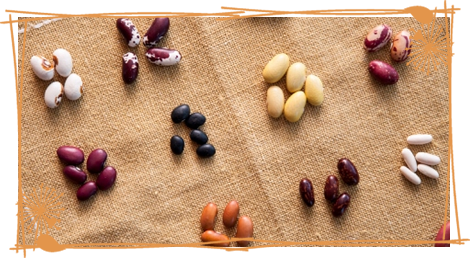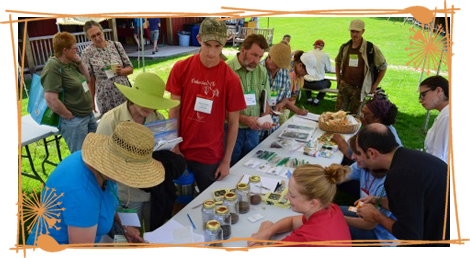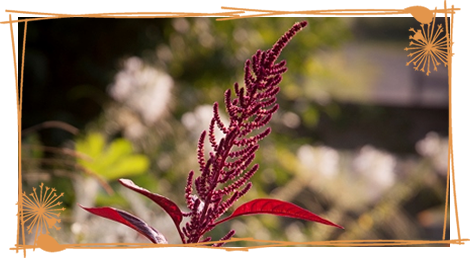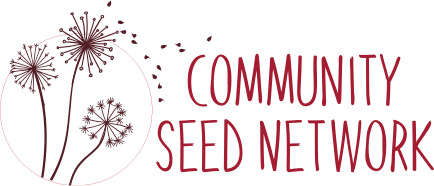The Community Seed Network is here to help facilitate the saving and sharing of seeds. The reasons for saving and sharing seeds are as diverse as the people who are doing the work. Some people in the community seed movement are activists – keeping seed in the public domain by sourcing, swapping, and freely sharing. Others are educators, organizers, innovators, and conservationists – training the next generation of seed savers while helping to secure the world’s biodiversity. And still others are home gardeners – saving and sharing seeds to carry on family and cultural traditions, or simply for the joy it brings them.
The act of saving and sharing seed can have a profound impact on the world by:

Keeping biodiversity alive.
Biological diversity (“biodiversity”) is essential to the long-term vitality of all ecosystems. A single crop type may have thousands of different varieties, each of which has different genetic traits. Keeping genetic diversity alive helps ensure the resilience of both wild and cultivated environments. In our farms, fields, and gardens, that diversity helps ensure we have food crops that will do well in a wide variety of environments. If one variety fails, we have others to fall back on.
Keeping seed in the public domain.
Seed is in the “public domain” when it can be saved and shared without restriction, ensuring seeds remain a resource that belong to everyone. By sharing seeds – through seed swaps, seed libraries, and similar community initiatives – seed savers promote the importance of open-pollinated seeds and keep those seeds freely available.


Contributing to the development of regionally adapted varieties.
When a plant variety has been grown in a region for a long time, it becomes well-suited to that particular region’s climate and environmental conditions. Regionally adapted varieties help create strong local food systems by ensuring we have varieties that perform well in a given environment.


